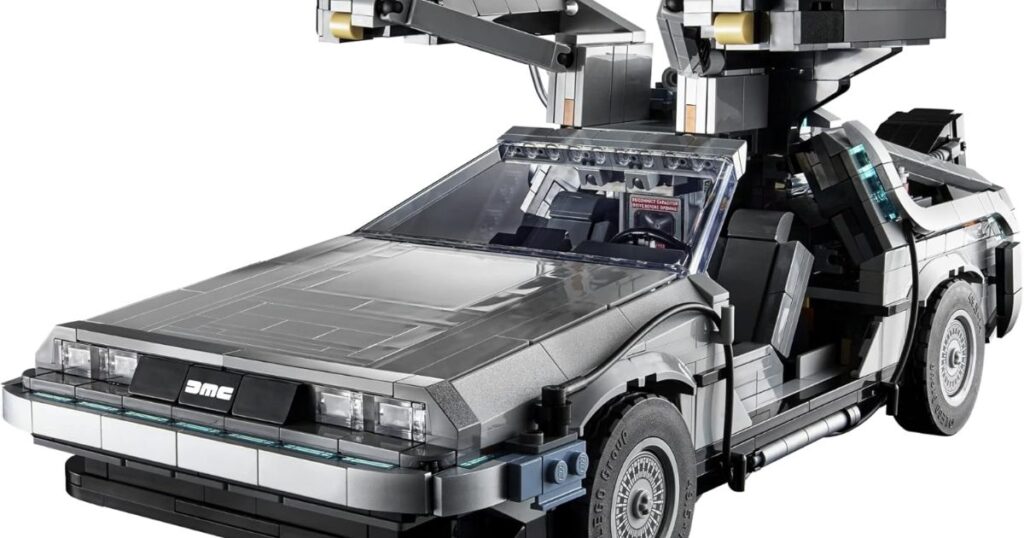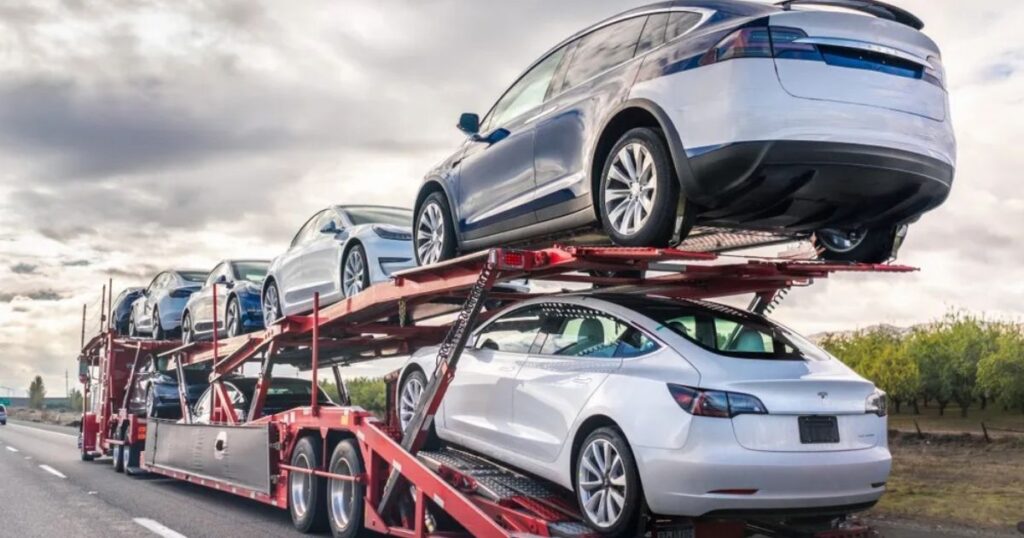When we talk about transport something by car, we mean moving items from one place to another using a car. This could involve anything from delivering packages to driving personal belongings to a new home. It’s a straightforward concept but crucial in daily logistics.
But why does the phrase “Rena Monrovia when you transport something by car” pop up? It combines the tragic MV Rena shipwreck with a mundane car transport. This unusual mix might seem confusing at first but holds a deeper connection to global shipping mishaps.
The term “Rena Monrovia when you transport something by car” relates to a significant maritime disaster involving the MV Rena. Registered under Monrovia’s flag, the ship ran aground in New Zealand, causing an environmental catastrophe.
What is the MV Rena?
The MV Rena was a commercial container ship built in 1990, designed to carry cargo across the world’s oceans. With a capacity to hold 3,351 Twenty-Foot Equivalent Units (TEUs), it was a sizable vessel, playing a critical role in global trade by transporting everything from electronics to clothing.
Registered under the flag of Monrovia, the capital of Liberia, the ship fell under what’s known as a “flag of convenience”, a practice in which ships register in countries other than the one their company is based in. ons imposed by more developed countries, often reducing operating costs but raising safety concerns.
Monrovia, Liberia is one of the world’s largest flag registries. Its lax regulations allow companies to register their ships cheaply and with fewer restrictions, making it an attractive option for international shipping companies. For the MV Rena, registering under Monrovia’s flag was part of this global trend, but it would later become a crucial point of contention during the ship’s ill-fated voyage.
Read More: How to turn off security light in car
What is Monrovia?
Monrovia is the capital city of Liberia and is also known for its open ship registry system, which allows vessels from around the globe to register under its flag. This practice stems from the flag of convenience policy, making Liberia a hub for global shipping operations.
When a ship flies the Liberian flag, like the MV Rena, it adheres to Liberian laws, which are generally more lenient compared to other nations. The purpose behind this is mainly economic.
This policy has often been criticized for its lack of stringent safety and environmental regulations. While it provides a legal loophole for businesses to cut down costs, it compromises safety, which was apparent in the case of the MV Rena disaster. Monrovia and similar flags of convenience are central .
The MV Rena Oil Spill
The MV Rena oil spill was one of New Zealand’s most devastating environmental disasters. On October 5, 2011, the MV Rena was en route from Napier to Tauranga when it struck the Astrolabe Reef, a submerged rock formation off the coast of Tauranga.
This reef was a known hazard, but the ship’s crew failed to chart the correct course, leading to the grounding of the vessel. The resulting oil spill was catastrophic. Over 350 tonnes of heavy fuel oil and 100 tonnes of diesel leaked into the ocean, wreaking havoc on the surrounding ecosystems.
In addition to the oil, the cargo on board the MV Rena—much of which was hazardous materials—spilled into the ocean. 88 containers containing dangerous chemicals were lost, further complicating cleanup efforts.
Read More: Government Car Voucher Program: Resources for Affordable Car Ownership
How Did the MV Rena Oil Spill Happen?
The MV Rena ran aground due to a combination of navigational errors and human negligence. The ship’s crew did not update their charts, and the captain chose a dangerous shortcut to save time. These errors, paired with poor visibility and high-speed travel in a reef-laden area, resulted in the ship colliding with the Astrolabe Reef.

Despite attempts to steer clear, the vessel hit the reef at full speed, breaching its hull and releasing a massive amount of oil into the water.The decision-making on board was later scrutinized in court, as it became clear that both the captain and first mate were aware of the navigational risks.
The shortcuts taken to reduce time, in the end, led to severe environmental and financial damage, making it a textbook case of human error in maritime operations.
Environmental Impacts of the Oil Spill
The environmental consequences of the MV Rena spill were disastrous. Entire marine ecosystems were thrown into chaos. The oil contaminated coral reefs, poisoned fish, and destroyed nesting grounds for seabirds. The toxic nature of heavy fuel oil caused long-term damage to the food chain, affecting not only marine life but also local fishing industries.
Cleanup efforts lasted for years, with thousands of volunteers and local authorities working to remove the oil and debris from the coastline. Despite these efforts, some species, like the New Zealand dotterel, have struggled to recover fully.
Economic Impacts of the Oil Spill
The oil spill also had severe economic consequences for New Zealand. The Tauranga region, a popular tourist destination, saw a significant drop in visitors, leading to millions in lost revenue. The fishing industry, which relied heavily on the health of the ocean, was also hit hard.
Fisheries were forced to close temporarily, leading to job losses and reduced economic output. Additionally, the cleanup costs soared, with the total bill reaching over NZD 47 million (approximately USD 30 million).
New Zealand’s tourism and seafood industries continue to feel the long-term impact of the disaster. While some recovery has been made, the environmental scars and the economic ripple effects have left lasting marks on the nation.
Read More: Does My Auto Insurance Cover Rental Cars? Find Out Now
The MV Rena Grounding
The grounding of the MV Rena was a pivotal moment in modern maritime history. The ship struck the Astrolabe Reef with such force that its hull was irreparably damaged. After the grounding, efforts to save the ship and its cargo were unsuccessful. Attempts to tow the ship failed, and eventually.
The MV Rena split in two, with the stern section sinking into the reef. The ship’s grounding became an international incident, sparking debates about maritime safety regulations, the responsibility of shipping companies, and the risks associated with flags of convenience.
What Caused the MV Rena to Ground?
The grounding was the result of multiple factors, primarily human error. The crew ignored several safety protocols and took dangerous shortcuts.
Poor weather conditions, miscommunication, and outdated navigational charts added to the risks. However, the ultimate cause was the decision to prioritize speed over safety, leading the vessel straight into a well-documented hazard.
Human Impacts of the Grounding
While the environmental and economic impacts of the MV Rena disaster were substantial, the human cost was also significant. The crew faced legal consequences, including imprisonment for the captain and the first officer, who were held responsible for the grounding.
Local communities, particularly those who relied on fishing and tourism, suffered as livelihoods were lost, and the cleanup efforts required years of hard work and commitment.
Legal Consequences of the Grounding
In the aftermath of the grounding, several legal battles ensued. The ship’s owners, Costamare Inc., faced significant fines and lawsuits. The New Zealand government also imposed penalties on the captain and first officer, charging them with operating a vessel in a dangerous manner.
The total fines and reparations amounted to over NZD 27 million, and the incident prompted a reevaluation of shipping laws in both New Zealand and internationally.
Lessons Learned from the MV Rena Disaster
The MV Rena disaster taught the world valuable lessons about maritime safety, the dangers of flags of convenience, and the importance of following navigational protocols. Shipowners and operators must prioritize safety over efficiency, especially when navigating hazardous waters.
The disaster also highlighted the long-term environmental costs of oil spills and the need for stricter regulations on vessels that carry dangerous cargo.
How Can We Prevent Similar Disasters in the Future?
Preventing future disasters like the MV Rena grounding requires a combination of stricter safety regulations, improved technology, and better training for ship crews. Shipping companies must invest in up-to-date navigational systems.

While international maritime organizations should enforce stricter rules on vessel registration and safety protocols. Governments must also play a role in holding companies accountable for their actions, ensuring that environmental protection is prioritized.
FAQs
Which ship is used to transport cars?
A car carrier, also known as a car transporter, is used to transport cars. These ships are designed specifically to carry automobiles and often have multiple decks to maximize space.
What ship transports cars?
A car carrier, or car transporter, is the ship used to transport cars. It’s designed with multiple decks to accommodate numerous vehicles.
What is the name for transport ship?
The name for a transport ship is a “cargo ship” or “freighter.” These ships are designed to carry various types of cargo, including goods and vehicles.
Which vehicle is used for transport?
A vehicle used for transport is typically referred to as a “transport vehicle.” This includes various types such as cars, trucks, buses, and trains, each designed for moving people or goods.
What vehicle is used for shipping?
A vehicle used for transport is typically referred to as a “transport vehicle.” This includes various types such as cars, trucks, buses, and trains, each designed for moving people or goods.
Conclusion
In conclusion, transport vehicles like cargo ships play a crucial role in global trade. They move a vast range of goods across oceans efficiently. These ships, designed for carrying heavy and bulky items, ensure that products reach their destinations on time.
Carriers and freighters keep economies running smoothly by transporting essential goods. By using specialized vessels, businesses can manage and distribute products worldwide. This system supports trade and economic growth, making global commerce possible.







